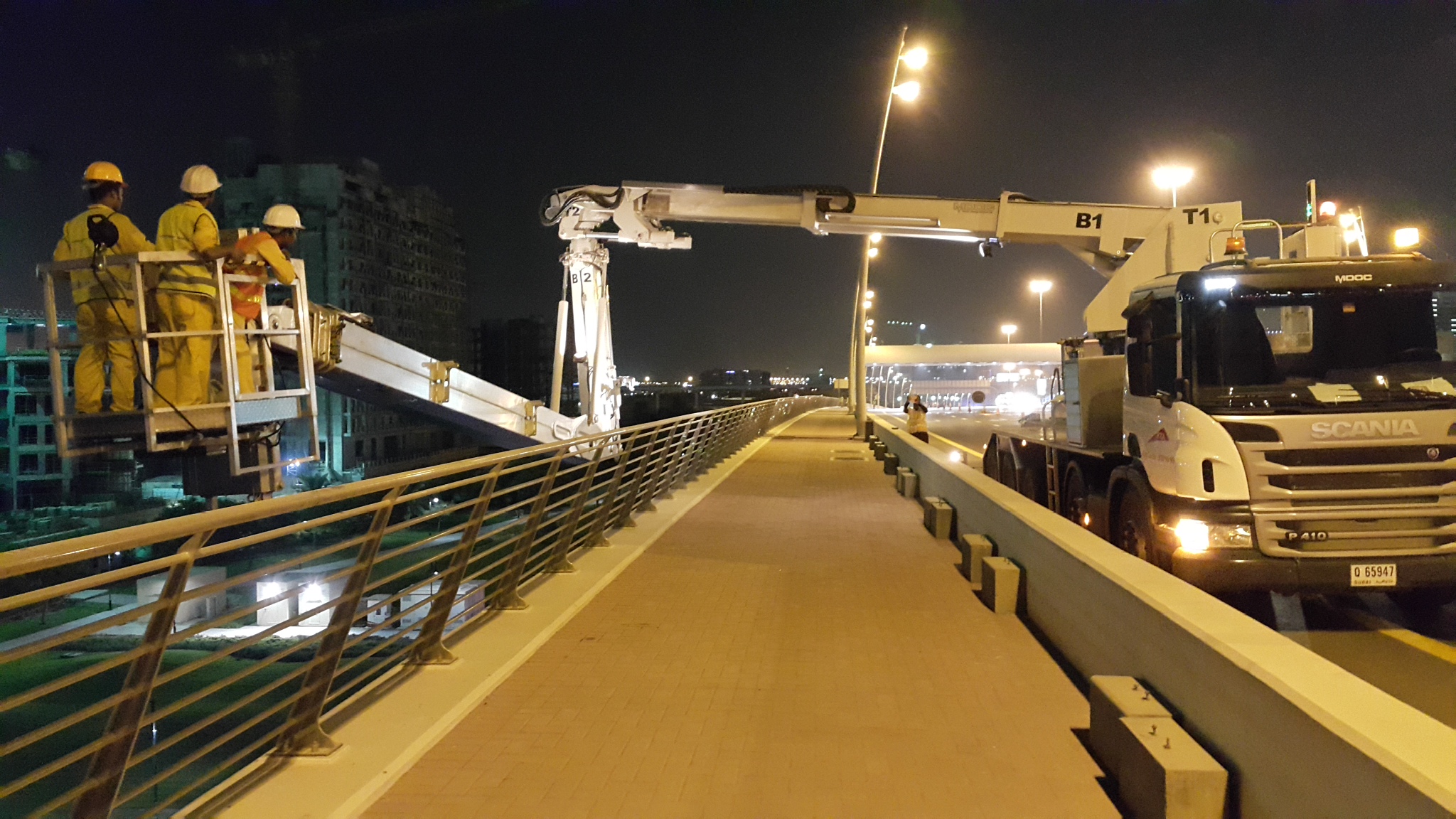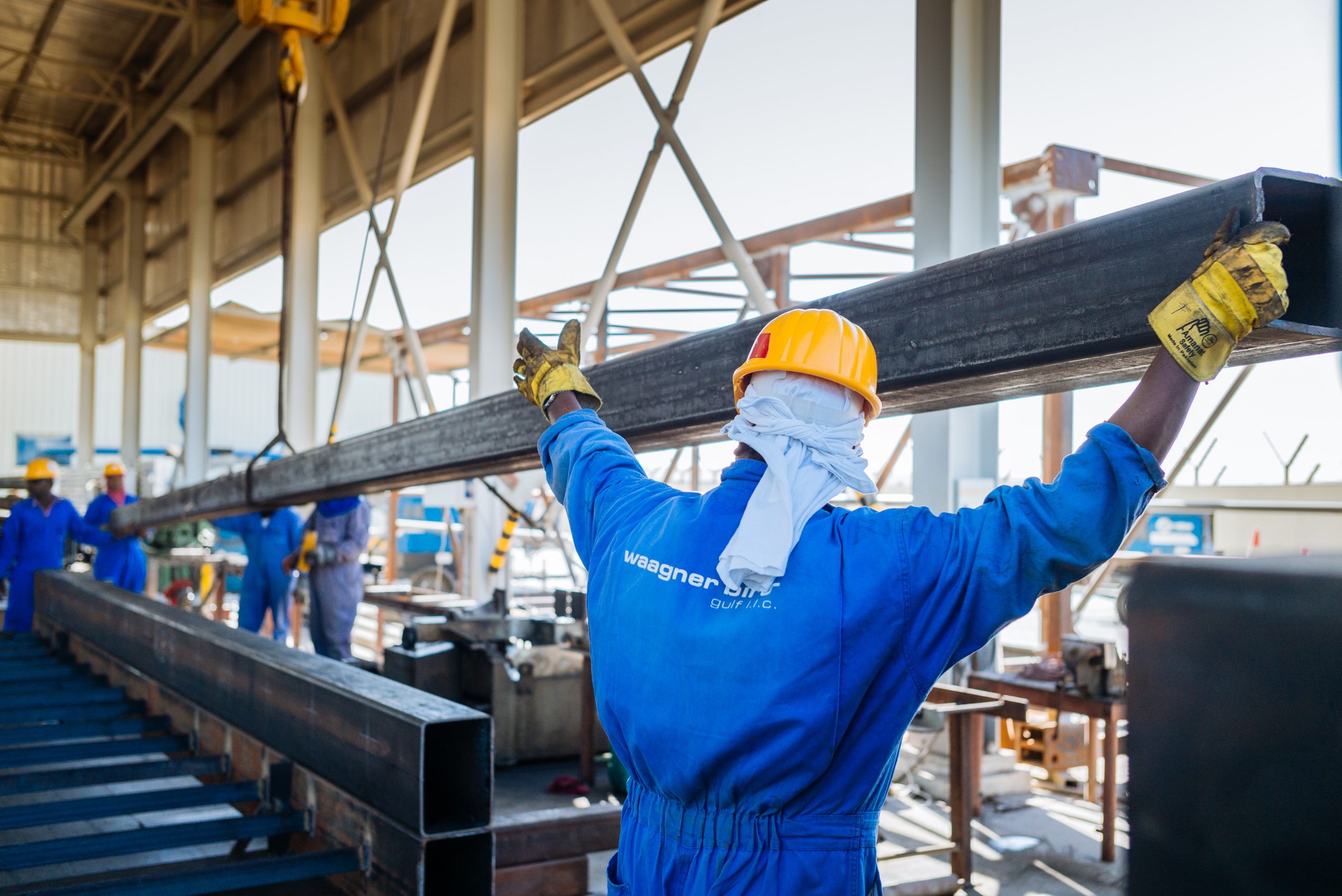Bridges are essential components of our infrastructure, serving as vital links between regions and enabling smooth transportation flow. To ensure their longevity, safety, and functionality, effective bridge management practices are crucial. Managing and maintaining bridges involve a delicate balance of art and science, incorporating technical expertise, strategic planning, and a focus on sustainability. In this blog, Waagner Biro Bridge Services explores the art of bridge management, highlighting best practices for operations and maintenance that contribute to the resilience and reliability of these critical structures.

Comprehensive Bridge Inspections
Regular bridge inspections form the foundation of effective bridge management. These inspections, conducted by qualified engineers and inspectors, assess the overall condition of the bridge, identifying signs of wear, potential issues, and necessary repairs. By employing cutting-edge inspection techniques, such as drone surveys and non-destructive testing, bridge managers gain valuable insights into the bridge’s health and make informed decisions regarding maintenance priorities.
Data-Driven Decision Making
Bridge management goes beyond routine inspections; it involves leveraging data to make informed decisions. Modern technology enables bridge managers to collect and analyze vast amounts of data, including structural performance, environmental factors, and traffic patterns. By harnessing this data, managers can implement proactive maintenance strategies, optimize resource allocation, and plan for the bridge’s long-term sustainability.

Risk Assessment and Prioritization
Not all bridge components require the same level of attention. Effective bridge management includes risk assessments to prioritize maintenance efforts. Engineers and managers collaborate to identify critical components and vulnerable areas, taking into account factors like traffic volume, environmental exposure, and structural design. This prioritization ensures that resources are allocated to areas with the highest potential for impact, enhancing the bridge’s safety and functionality.
Proactive Maintenance and Life-Cycle Planning
The art of bridge management lies in proactively addressing maintenance needs before they escalate into costly repairs or emergencies. Implementing a comprehensive life-cycle plan that outlines routine maintenance, inspections, and potential rehabilitation projects allows bridge managers to maximize the structure’s service life while minimizing operational disruptions.
Innovative Repair and Rehabilitation Techniques
When repairs are necessary, embracing innovative techniques can significantly enhance bridge maintenance outcomes. Advanced materials, such as fiber-reinforced polymers, and modern construction methods offer durable and cost-effective repair solutions. By staying updated on technological advancements, bridge managers can employ cutting-edge repair strategies that enhance bridge longevity and performance.
Sustainable Bridge Management
In the era of environmental consciousness, sustainable bridge management is an integral component of the art of bridge management. By adopting eco-friendly practices in construction, maintenance, and materials selection, bridge managers contribute to the preservation of natural resources and reduce the overall environmental impact of bridge operations.
Continuous Monitoring and Adaptive Management
Bridge management is an evolving process that demands continuous monitoring and adaptive strategies. Structural health monitoring systems allow managers to track real-time performance data, detecting anomalies and responding promptly to any emerging issues. With an adaptive approach, bridge managers can adjust their maintenance plans based on actual performance data, optimizing resource allocation and ensuring long-term structural integrity.
The art of bridge management encompasses a multidimensional approach that combines technical expertise, data-driven decision-making, and a commitment to sustainability. By conducting comprehensive inspections, prioritizing risk assessments, and embracing innovative repair techniques, bridge managers can ensure the longevity, safety, and functionality of these critical structures. At Waagner Biro Bridge Services, we believe in the power of artful bridge management, where creativity meets engineering excellence to build resilient and reliable bridges that connect communities and stand the test of time.